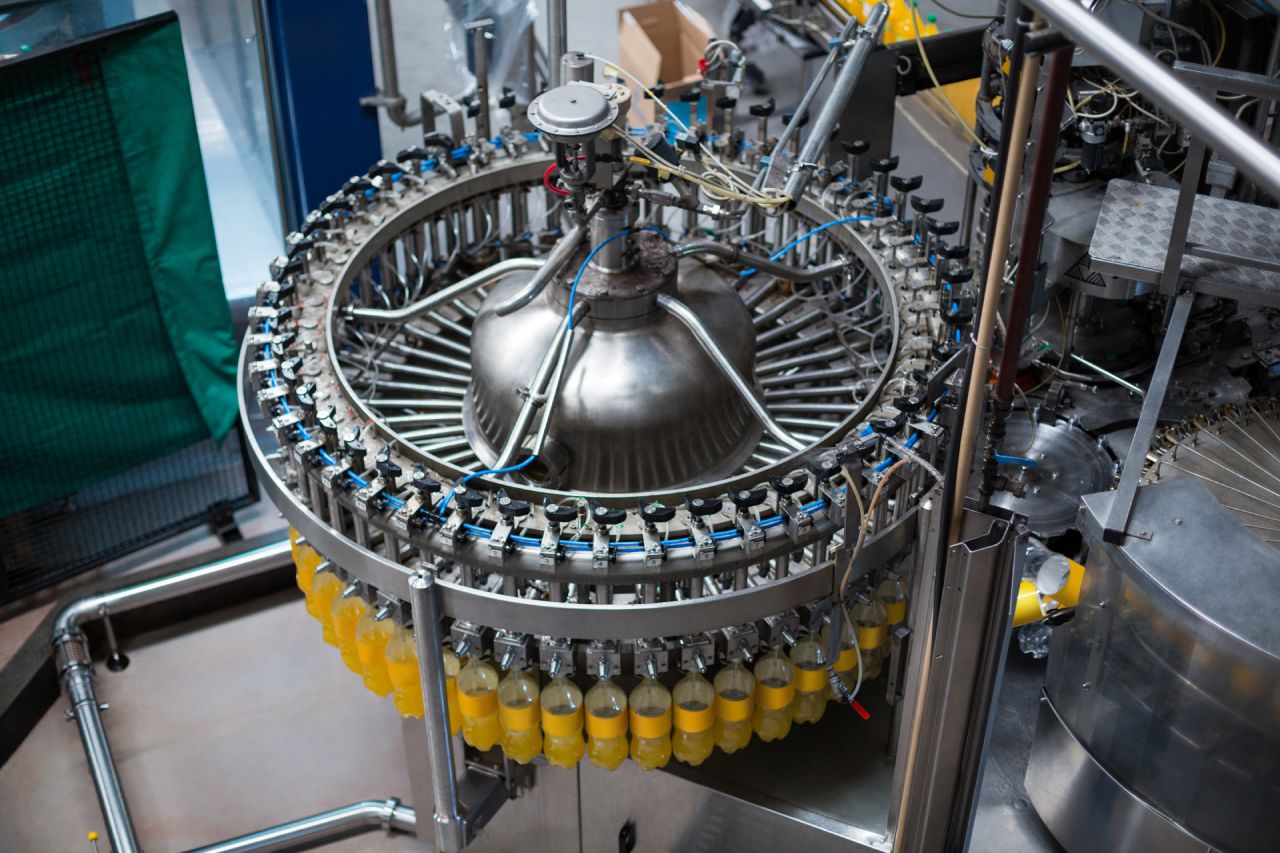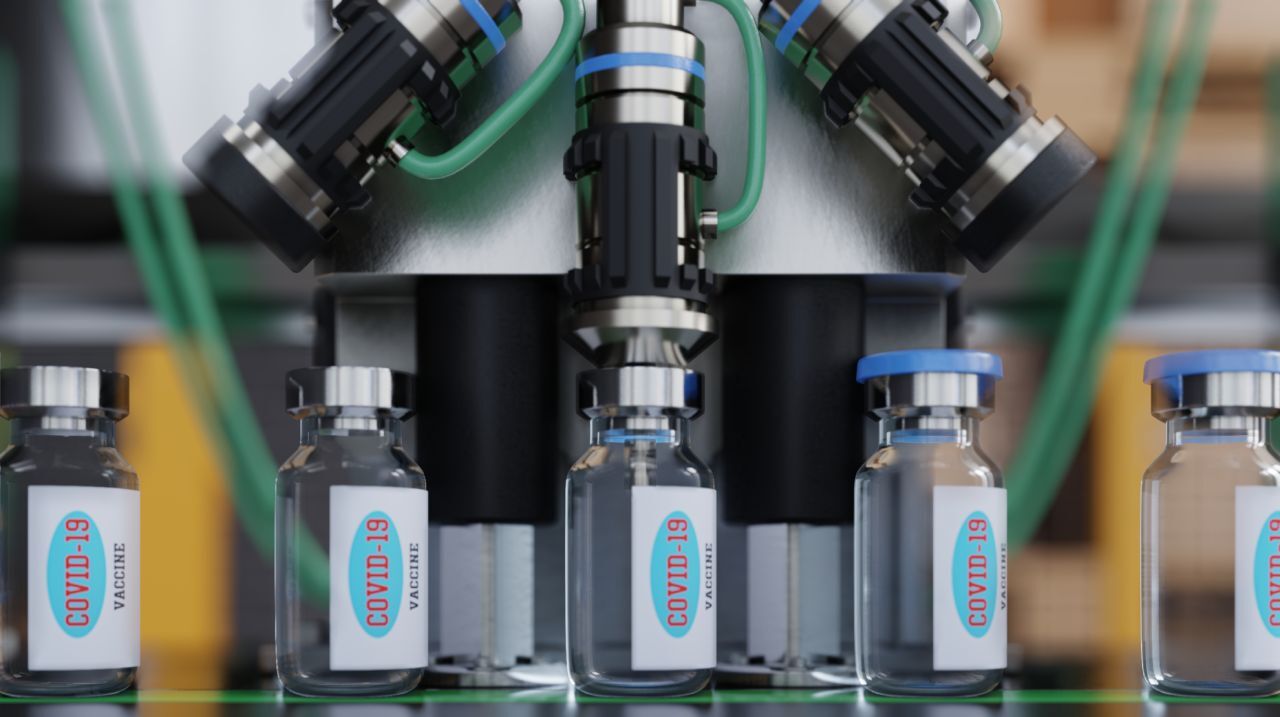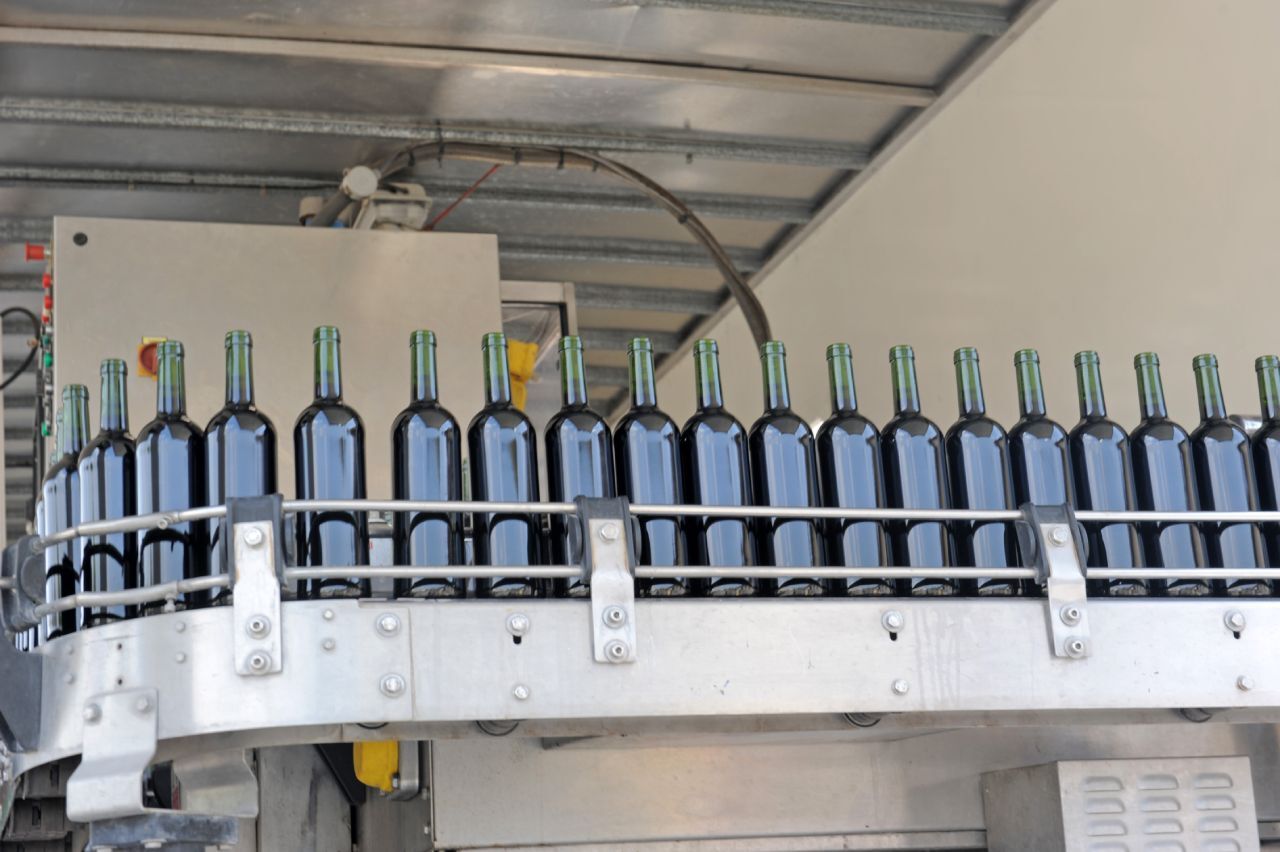 Loading... Please wait...
Loading... Please wait...15 Benefits of Automated Liquid Filling Systems: Why More Manufacturers Are Making the Switch
Posted on 9th Jul 2025

Are you looking to optimize your manufacturing operations? One area where businesses can significantly streamline and improve efficiency is by automating the liquid filling process.
Automated liquid filling systems are machines designed to fill containers with liquids such as water, oils, cleaning agents, or chemicals without manual intervention. These systems leverage advanced technology to streamline production, reduce human error, and increase output.
For industries ranging from pharmaceuticals to food and beverage to cosmetics and chemicals, adopting automated liquid filling systems can lead to significant operational benefits.
Benefit #1: Increased Efficiency
Automated systems can work continuously for extended periods, often with minimal downtime.
By removing the variable of human fatigue and errors, these systems ensure each production cycle is consistent and productive. They also reduce the time spent on manual adjustments and inspections, which speeds up the overall workflow.
Efficiency gains are compounded over time, leading to significant improvements in overall operational throughput.
Benefit #2: Faster Production Speed
Automated filling systems are capable of performing repetitive tasks at high speeds without compromising accuracy. Their ability to process thousands of containers per hour means businesses can respond more quickly to market demands and reduce turnaround times.
For contract manufacturers or businesses with seasonal spikes, this speed is invaluable in meeting customer expectations without increasing overhead.
Benefit #3: Improved Accuracy & Consistency
Modern filling machines use servo motors, flow meters, and advanced sensors to deliver exact fill volumes. This level of precision ensures product consistency, which is vital for brand reputation and regulatory compliance. For example, in the pharmaceutical industry, even minor deviations can lead to serious quality issues.
Consistent fill volumes also prevent overfilling, reducing product waste and increasing cost-efficiency.
Benefit #4: Lower Labor Costs
By automating the filling process, companies can significantly reduce their reliance on manual labor.
Instead of hiring multiple workers to manage the line, a single operator can supervise the automated system, which in turn leads to lower payroll expenses and reduced costs related to recruitment, training, and employee turnover. Over time, the savings can be redirected into other growth-oriented areas of the business.
Benefit #5: Enhanced Safety
Manual filling often involves exposure to potentially dangerous liquids or equipment. Automated systems are designed with safety in mind and feature protective barriers, emergency stops, and compliance with safety standards. These enhanced safety systems minimize the risk of spills, burns, or inhalation hazards.
Safer workplaces not only protect employees but also reduce liability and insurance costs.
Benefit #6: Flexibility & Adaptability
Today’s liquid filling machines are built to accommodate a wide variety of product types and packaging formats. With modular components and programmable settings, manufacturers can switch between product lines with minimal reconfiguration. This flexibility and adaptability is especially beneficial for companies producing multiple product variations or running short production cycles.
Benefit #7: Versatility
Automated systems are engineered to handle a broad spectrum of liquid viscosities, from water-thin liquids to thick creams and gels. They can also work with different container materials and sizes—glass, plastic, metal, and more. Some machines can integrate with cappers, labelers, and conveyors, allowing businesses to build an end-to-end packaging line that suits their specific needs.
Benefit #8: Energy Efficiency

Automated filling systems are optimized for energy efficiency. Using variable frequency drives (VFDs), pneumatic systems, and intelligent sensors that reduce unnecessary energy consumption, these technologies help reduce a facility’s overall energy footprint and can lead to significant savings in utility bills over time.
Energy-efficient systems are also more sustainable, which helps companies align with green manufacturing goals.
Benefit #9: Reduced Contamination Risk
Automation minimizes human contact with the product, which is crucial for maintaining hygiene in regulated industries. Clean-in-place (CIP) systems, stainless steel construction, and enclosed filling environments further reduce the risk of microbial or particulate contamination. This lowered contamination risk not only improves product safety but also extends shelf life and supports regulatory compliance.
Benefit #10: Less Waste
With highly controlled filling mechanisms, automated liquid filling systems drastically cut down on overfilling, underfilling, and spillage. Reduced waste means better yield from raw materials and less need for product rework.
Accurate fills also enhance customer satisfaction by delivering consistent product quantities every time, helping to maintain brand trust.
Benefit #11: Easier to Use
User interfaces have become increasingly intuitive, often incorporating touchscreen controls, programmable logic controllers (PLCs), and real-time diagnostics. Operators can monitor performance, detect issues, and make adjustments with ease. Training new personnel takes less time, and remote monitoring capabilities can further streamline maintenance and support.
Benefit #12: Better Growth Potential
Scalability is baked into the design of many automated systems.
As your business grows, your filling line can grow with it by adding more heads, increasing line speed, or integrating additional packaging components. A modular approach helps future-proof your operations and ensure your investment continues to deliver value as demand increases.
Benefit #13: Improved Inventory & Quality Control
Automated liquid filling lines often integrate seamlessly with enterprise resource planning (ERP) and inventory management systems to enable real-time data collection on production output, error rates, and raw material usage. Such visibility supports better planning, reduces stockouts or overproduction, and ensures quality control parameters are consistently met.
With detailed reporting capabilities, audits and traceability are easier to manage.
Benefit #14: Faster Maintenance & Reduced Downtime
Automated liquid filling systems are designed with ease of maintenance in mind. Many machines include modular components that can be replaced or serviced quickly, reducing the time required for repairs. Built-in diagnostics and alerts allow operators to detect potential issues before they escalate into costly downtime. Preventative maintenance schedules can also be automated, ensuring continuous uptime and a smoother production process.
Benefit #15: Stronger Data Analytics & Traceability
Modern automated systems often integrate with manufacturing execution systems (MES) and cloud-based software to make advanced data analytics easier than ever. These insights can include real-time performance metrics, error logs, and batch traceability.
Such a high level of traceability is especially valuable in industries with strict regulatory compliance, such as pharmaceuticals and food processing. Having a digital paper trail also improves recall management and quality assurance.
Automate Your Liquid Filling Systems with E-PAK Machinery

Automated liquid filling systems are a technological upgrade that, with careful planning, can become a strategic investment in operational excellence. From improving speed and efficiency to supporting product quality and workplace safety, automated liquid filling systems offer manufacturers a competitive edge in a demanding marketplace.
Ready to transform your production line?
At E-PAK Machinery, we’re a leader in the product filling industry, and we’re proud to offer a wide range of customizable, high-performance liquid filling systems tailored to your industry’s unique needs. Our solutions are engineered for precision, efficiency, and long-term reliability, whether you’re in food and beverage, cosmetics, pharmaceuticals, or chemicals.
Let our expert team help you configure a turnkey automated filling line that scales with your business. Contact us today to get started on modernizing your production with confidence.
Recent Posts
- Automatic vs. Semi-Automatic Liquid Filling Machines: Which Option Is Right for Your Packaging Line?
- 14 Packaging Machinery Trends: How the Industry Will Change in 2026
- Types of Capping Machines & Their Features: A Complete Guide for Packaging Lines
- Capping Machine Price Guide: What Affects the Cost of Your Capper?
- A Guide to the Liquid Filling Process: Methods, Key Aspects, & More
